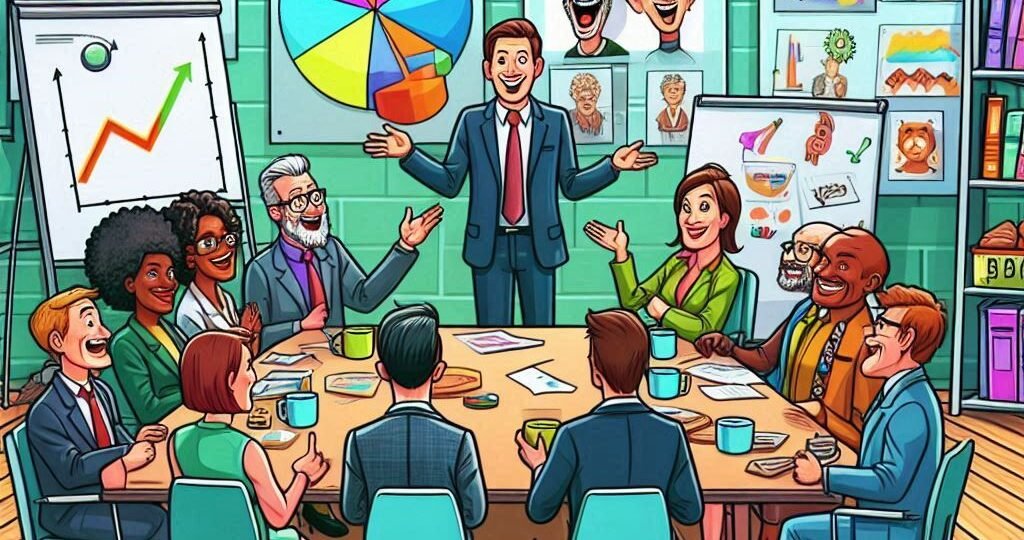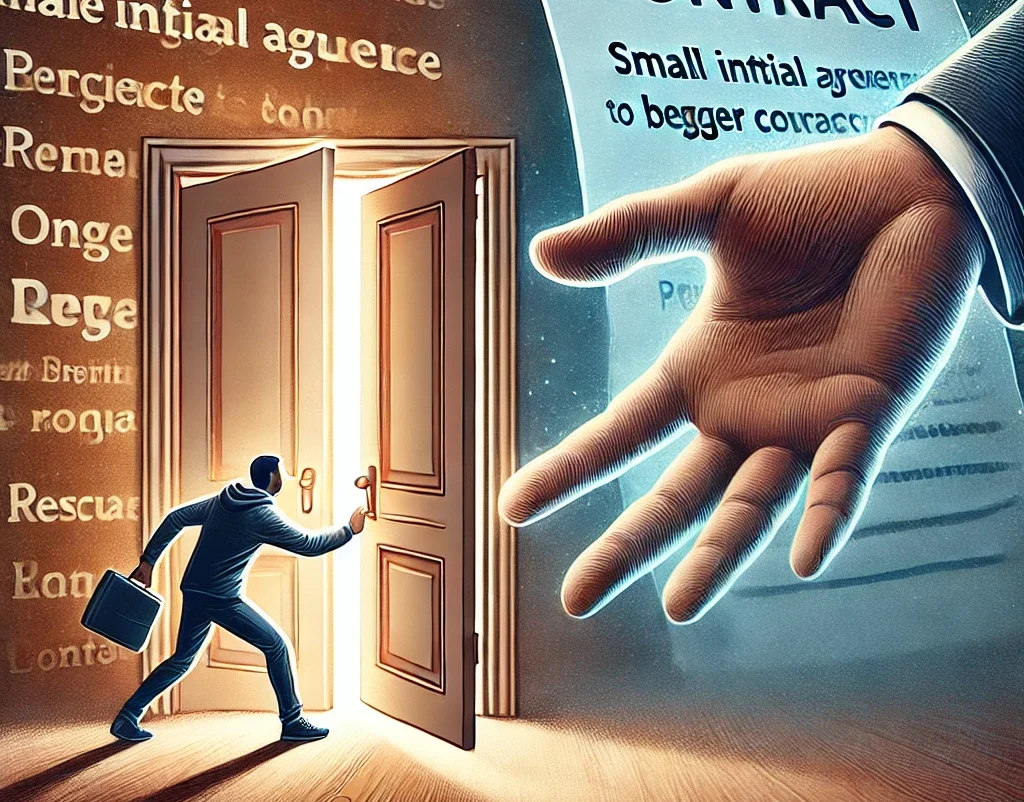
Imagine walking through a bookstore and seeing countless self-help books promising the secrets of success. Entrepreneurs like Steve Jobs, Elon Musk, and Jeff Bezos are often used as examples of what hard work and perseverance can achieve. But what about the thousands of startups that fail every year? Their stories remain untold, creating a misleading impression that success is just a matter of following the right formula. This common thinking error is known as survivorship bias, a cognitive trap that leads us to focus on winners while ignoring the many who didn’t make it.
Survivorship bias was first studied in depth during World War II by statistician Abraham Wald. The U.S. military wanted to reinforce their aircraft to survive enemy fire, so they analyzed bullet holes on returning planes. At first, they considered adding armor to the most damaged areas. However, Wald pointed out that they were only looking at planes that survived. The ones that didn’t return were likely hit in different, more critical areas. His insight led to reinforcing the sections that showed no bullet holes, ultimately saving countless lives. This classic example illustrates how ignoring failures can lead to poor decision-making.
A modern example of survivorship bias can be seen in the world of business. Many people believe that quitting a stable job to start a company is the key to financial freedom because they see stories of billionaires who did just that. However, they rarely hear about the thousands of startups that fail every year. Studies show that about 90% of startups fail, but these failures don’t get media attention. Instead, the narrative of “if they did it, so can you” becomes widespread, leading many people to take risks without fully understanding the hidden failures behind the success stories.
Survivorship bias can also affect personal decision-making. Think about fitness influencers who promote extreme workout routines. They showcase impressive results, making it seem like anyone can achieve a perfect physique with their method. However, we rarely see those who tried the same workouts and got injured, burned out, or saw no results. This selective storytelling reinforces unrealistic expectations, making people feel like failures when they don’t achieve the same success.
Understanding survivorship bias helps us make better decisions in life, business, and education. By looking at both successes and failures, we get a clearer picture of reality. The next time you hear a success story, ask yourself: What aren’t they telling me? Instead of just following what worked for someone else, consider the untold stories of failure to gain a more balanced perspective. After all, learning from mistakes—whether our own or others’—can be just as valuable as learning from success.
RELATED POSTS
View all


